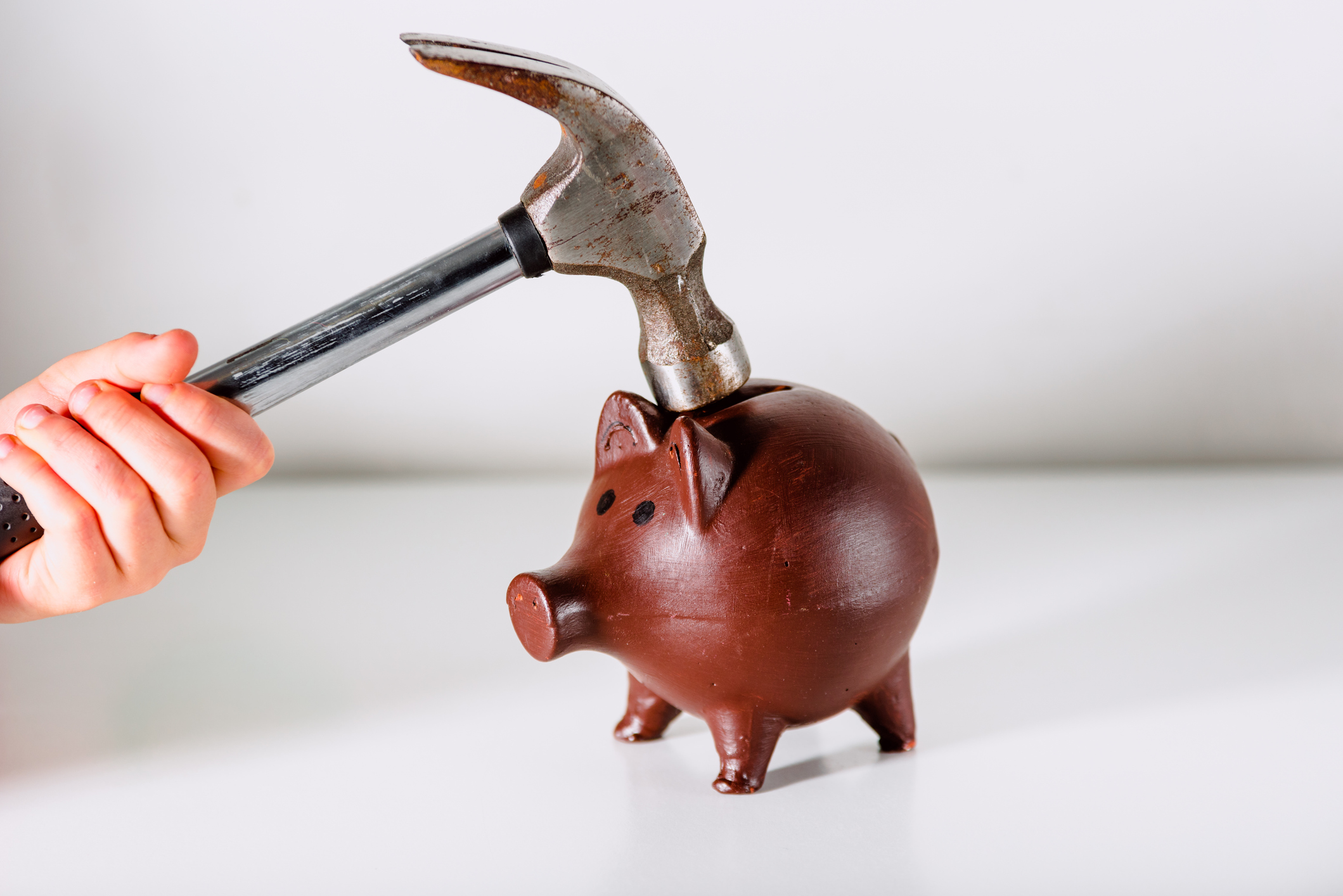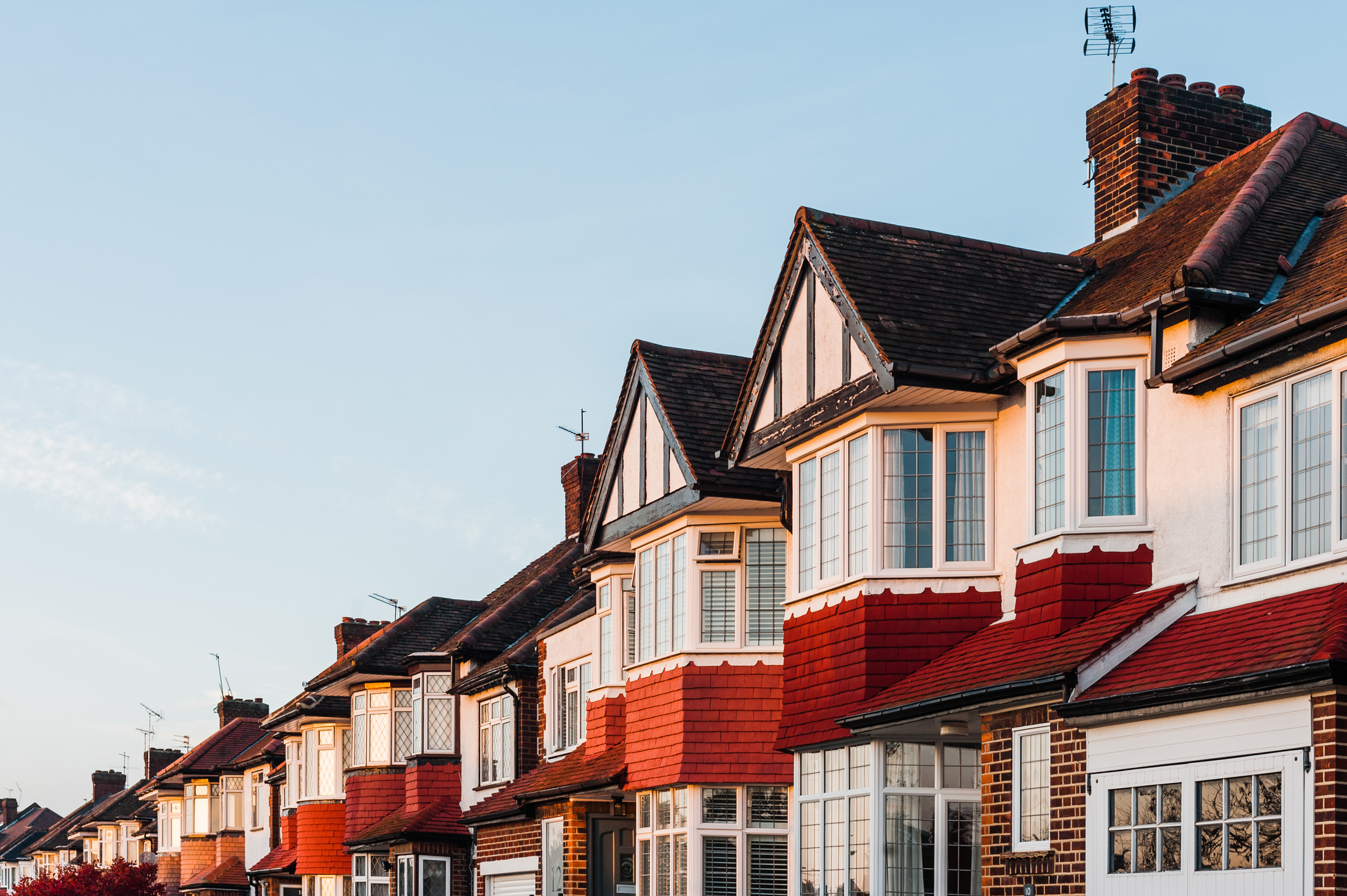Is America heading for a Japan-style crisis?
In the 1990s, Japan struggled with a burst credit bubble, fast-falling asset prices and a near-bankrupt financial sector. Now the US is heading in the same direction, says Jody Clarke.

In the 1990s, Japan struggled with a burst credit bubble, fast-falling asset prices and a near-bankrupt financial sector. Now the US is heading in the same direction, says Jody Clarke
What was Japan's lost decade?
In the 1980s Japan and its soaring asset markets seemed invincible. They weren't. In 1989, the stockmarket and property markets crashed dramatically. Commercial land prices, which had soared by 500% in the preceding decade, tanked. And in less than three years, the Nikkei fell 63% from its peak. There followed a prolonged period of stagnation and deflation, during which Japan had three recessions and prices fell by an average of 1% a year and the Nikkei didn't bottom until April 2003.
The core problem? The banks. Having fuelled the bubble with a frenzy of high-risk loans, they suddenly found themselves undercapitalised as asset prices collapsed and bad debts started to pile up. The Japanese central bank slashed rates, but to no avail: the banks weren't lending so companies and consumers couldn't borrow. So asset prices kept falling and recessions kept on coming.
Is America in a similarly precarious position?
The US Fed has been commended for acting more quickly in the face of its own credit crunch than Japan did 19 years ago. It took the Japanese Central Bank almost 18 months to ease rates at all and five years to get them down to 0.5%. The Americans, on the other hand, have already slashed rates by 2.25% since September. The Japanese banks also compounded their difficulties by being secretive refusing to acknowledge the bad debts on their books, and hence delaying the pain and forfeiting the market's trust.
MoneyWeek
Subscribe to MoneyWeek today and get your first six magazine issues absolutely FREE

Sign up to Money Morning
Don't miss the latest investment and personal finances news, market analysis, plus money-saving tips with our free twice-daily newsletter
Don't miss the latest investment and personal finances news, market analysis, plus money-saving tips with our free twice-daily newsletter
Conversely, US banks have been fairly open about the difficulties arising from the subprime lending debacle and their overenthusiastic uses of derivatives. As a result, they've so far been successful in attracting emergency funding from sovereign wealth funds. "Clearly, it is better to take care of problems now (rather) than distort and greatly prolong the needed adjustment process," said Eric Rosengren, president of the Federal Reserve Bank of Boston, in a speech this month.
So everything is fine?
No. Banks may have admitted to $130bn in bad loans, but there is still some "$400bn to $500bn of wealth that has vanished into the subprime hole", says Ambrose Evans Pritchard in The Daily Telegraph. Where that lies is anyone's guess. What's more, interest rates alone cannot bail the economy out of this one. Japanese rates were 0.5% in 1995, but the banks still weren't lending. Anyone who wanted credit had to turn to the consumer lending companies, which charged interest at more like 30%.
Similarly, in the US, if the current situation turns into a large-scale financial meltdown "a situation in which the financial sector would cease to fulfil one of its basic functions: to provide liquidity to the real economy", says Wolfgang Munchau in the FT then lower interest rates will have little or no effect. If there is no money to borrow, what difference does it make what the theoretical interest rate is?
What else can be done?
The American congress has already approved a $168bn stimulus plan that includes tax cuts and incentives for business investment. However, the Japanese tried this one too. It only made matters worse. According to Martin Hutchinson on Breakingviews, public spending rose from 30% of GDP to 38% and public debt to 150%. By 2001, $1trn had been spent on several white-elephant projects, including huge bridges to remote villages, tunnels under Tokyo Bay and railroad lines to under-populated areas of Japan. "By diverting the economy's resources to unproductive public-sector activity, this policy ended the rapid growth of the previous decades."
What's interesting is that this policy had been repeated several times in the past, with similarly disappointing results. Germany in 1969-1975 and Italy in 1974-1993 being but two examples, where the public sector expanded massively. "In each case, economic performance deteriorated frighteningly and unemployment soared."
So what's the most likely scenario for the West?
A Japan-like situation. Because Japanese banks were too slow to react, their non-performing loan problem eventually added up to about 20% of Japan's total GDP, says Richard Katz of the Oriental Economist Newsletter. But even if the overall cost of the current US housing crisis hits $500bn, that would still be just 4% of American GDP, he tells The Wall Street Journal. That would make it about the same size as the savings and loans crisis of the early 1990s, so nasty but not completely crippling.
And the authorities are doing all they can in the US. The Fed is cutting interest rates; the government is applying fiscal stimulus, financial institutions are busy writing off bad assets while seeking new capital, and Congress is preparing tighter lending rules. By contrast, Japan's response was "too little, too late" on all four of these fronts, says Katz.
Why Britain's economy is in more trouble than most
Over the past 15 years, UK growth has relied on three sectors, says Anatole Kaletsky in The Times: finance, housing and the public sector. "Between them, they employ about one third of the workforce but have accounted for 120% of employment growth." But with house prices falling and a contraction in the financial sector likely in the current credit crisis, Britain could find itself vulnerable to external shocks.
And while we need a robust public sector, says Simon Denham of Capital Spreads, this one has become a "parasitic organism" devouring far too much of our resources for little return. Public sector workers' productivity is over 50% lower than that of private-sector counterparts, yet the sector accounts for around 45% of GDP.
Get the latest financial news, insights and expert analysis from our award-winning MoneyWeek team, to help you understand what really matters when it comes to your finances.
Jody studied at the University of Limerick and was a senior writer for MoneyWeek. Jody is experienced in interviewing, for example digging into the lives of an ex-M15 agent and quirky business owners who have made millions. Jody’s other areas of expertise include advice on funds, stocks and house prices.
-
 Will HMRC block money market funds from the stocks and shares ISA allowance?
Will HMRC block money market funds from the stocks and shares ISA allowance?Cautious investors looking for cash-like returns could be prohibited from using money market funds in a stocks and shares ISA under new ISA rules from HMRC. What could it mean for you?
-
 Nationwide: House price growth slows but market remained resilient despite Budget worries
Nationwide: House price growth slows but market remained resilient despite Budget worriesThe average price of a house in the UK was £272,998 in November, as annual house price growth slowed to just 1.8%, Nationwide said.
